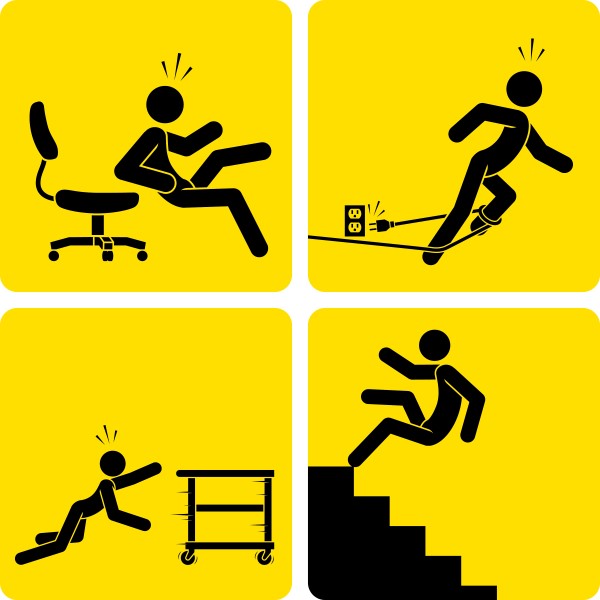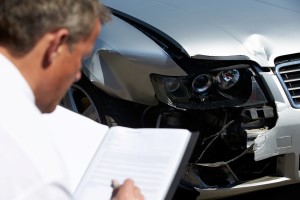There’s an old saying used by Navy pilots: “First one to the blackboard wins.” This refers to the debriefing of their practice “dogfights” used to train for air-to-air combat. The same is often true with regards to investigating Slip & Fall and Trip & Fall claims. The side whose investigation is closest to the time of the incident often has a decided advantage. The stakes can be very high. Reports by the DOJ show that, each year, about 4 billion dollars are awarded to compensate premises liability injury victims.
It’s easy to understand why many inspections are not timely. To bring an engineer on site to investigate a scene, perform slip resistance testing and research the applicable codes is not an insignificant expense. There is usually two or three years between the time of the incident and when a claim approaches litigation.
From the plaintiff perspective it’s often hard to justify a fairly significant upfront cost not knowing the twists and turns a case may take or how long it will be until resolution is reached. As a Risk Manager, Claims Adjuster or Defense attorney, the reasons are similar. Maybe the incident will never become a claim, let alone a litigated case. Maybe the claim is cut and dried, you’ve seen a hundred just like this, and you hardly ever need a site inspection by an engineer. Perhaps, as the defense attorney, you want to see what the plaintiff side is going to do first; are they going to hire an engineer?
These are all very valid issues and concerns, but there are two very powerful reasons you may want to consider having an engineer inspect the site:
1. Accuracy/Credibility
2. Knowledge
You’re an adjuster for a retail store. There’s been a slip and fall incident at your location. Six months later a claim is filed. Eighteen months after that when it looks like it’s going to litigation you hire an attorney. Then a couple of months after that the two of you decide it might be a good idea to have an engineer inspect the site. Which slip resistance test is going to hold more water, the one done by your expert (over 2 years after the incident) or the one performed by the plaintiff’s expert within months of the incident? What changes have occurred to the surface in the year and half between inspections that could have impacted the findings? Everything from general wear and tear (these are usually high traffic areas) to different cleaners and finishes applied to the surface, or complete removal or replacement of the surface upon which the incident took place. Which engineering report will be more credible?
Conversely, you’re a plaintiff attorney. A client comes to you after slipping and falling in a retail establishment a few months earlier. You try to bring the case to a quick resolution and hold off hiring an engineer. When it looks like the case might be headed to trial you decide it’s time to bring in an engineer to inspect the premises. Your engineer’s inspection occurs a year from the date of the incident. However, the retail establishment’s SOP was to have an engineer inspect and issue a report after any incident that resulted in EMT’s being called. Which engineering report is more credible, your “year old” report or the report that was generated the same month as the incident?
Knowledge is the most important reason for having an engineer investigate the incident site as soon as possible. No one likes surprises. An engineer’s inspection can bring good news or bad news for your case or claim. It’s not creating that news; it’s making you aware of it. If a handicapped ramp was not built to code, it was not built to code. Bad news is exponentially worse if it comes as a surprise and good news does no one any good if you are unaware of it. Both sides need to know as much information about the code compliance of an accident site as possible. They need to understand how any violations could have contributed to the accident. Having all the facts allows you to take the best course of action, while taking into account the other side’s possible options. And, similar to debriefing dogfights, the first person with that information usually has the upper hand.
For more information on CED experts, please contact one of our case managers at casemanager@cedtechnologies.com.






